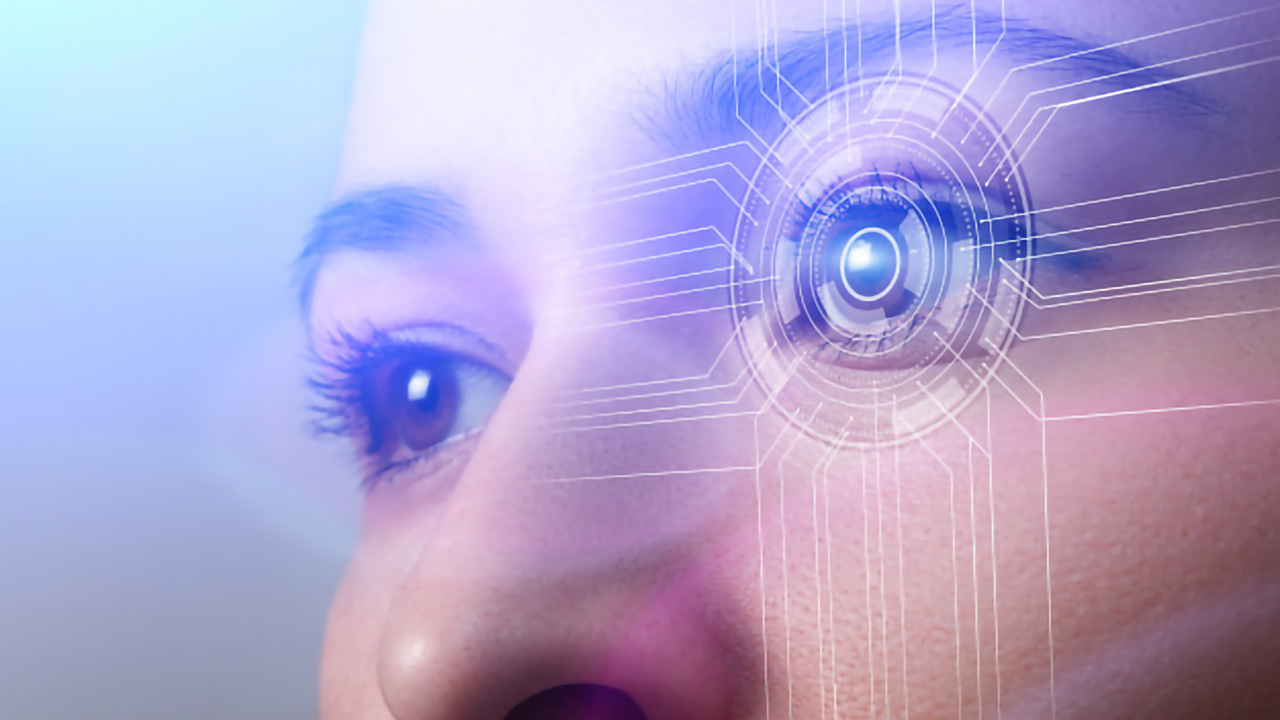Whataburger Puts Facial Recognition on the Menu

Have you ever paid for a cheeseburger with your face? It may become a reality sooner than expected, especially at Whataburger. J.P. Morgan Payments and PopID are expanding their in-store biometric payment pilot to merchants across the United States, with Whataburger as the main attraction. The San Antonio-based fast food chain is evolving into a high-tech pioneer through its facial recognition efforts.
Whataburger has been quietly testing pay-by-face technology over the past year, noting shorter wait times and increased customer loyalty. Although specific details weren’t provided, PopID claims its platform can reduce checkout times by up to 90 seconds per transaction and has led to a 4% increase in average ticket sizes.
How to Pay by Face
The process involves customers uploading a photo of their face and registering for biometric payments through the Whataburger app. This data is then converted into a template, encrypted, and securely stored in the PopID cloud. During a purchase, the customer’s face template is matched against the stored template, and the merchant receives confirmation of the verified transaction.
The technology is merchant-agnostic. Once customers’ data is uploaded to the PopID cloud, they can use their facial biometrics at any participating pilot merchant and can opt in or out of the program at any time.
“At Whataburger, we believe in innovation, and this marks a significant step forward in enhancing our overall dining experience,” Jerry Phillips, VP of Technology, Whataburger, said in a press release. “This new offering allows us to provide a faster, safer and seamless checkout process for our valued guests, backed by the stability of an established financial institution.”
Competitors in the Market
Whataburger isn’t the only fast-food chain testing out biometric technology. In January, Steak ’n Shake began installing facial recognition kiosks in its 300 locations for patron check-in. McDonald’s restaurants in China have used facial recognition technology since as early as 2015, and KFC locations in China followed suit in 2018. Both Starbucks and Panera Bread have also both been experimenting with pay-by-palm technology.
It’s becoming common for Whataburger to be at the forefront technological innovation. Earlier this year, after Hurricane Beryl struck Houston, city residents used the Whataburger app to figure out which areas had power.
The local electric utility, CenterPoint Energy, didn’t have a map showing affected service areas. However, since Whataburger operates 24 hours a day, users could tell which parts of the city had electricity by checking which Whataburger locations were open.

Comments are closed.